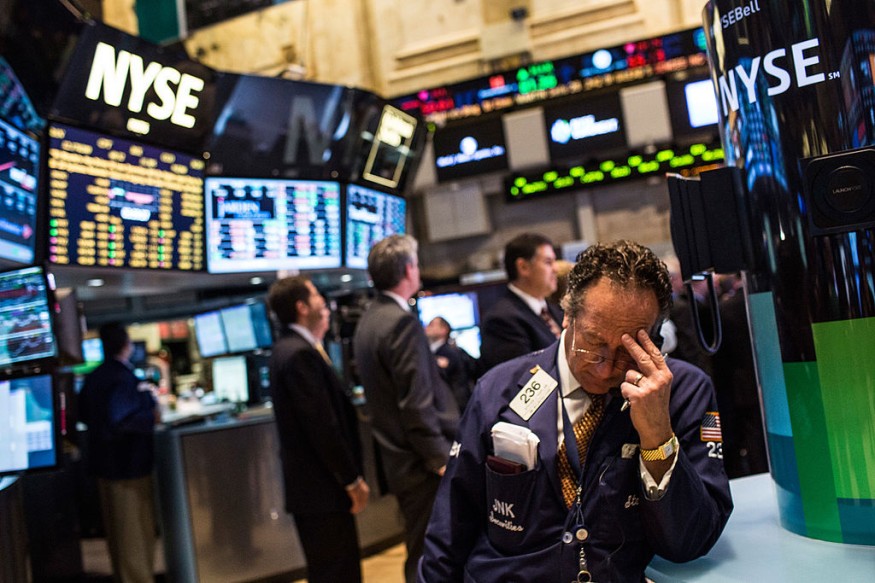Dow Unexpectedly Soars to 40,000, Marking the Highest for Wall Street

- The Dow reached 40,000 for the first time, marking a significant milestone, yet it holds little intrinsic significance due to its composition of only thirty companies and limited impact on most 401(k) accounts.
- Despite high inflation and interest rates, businesses are experiencing the highest profit growth in over two years, and the economy has largely avoided recession, contributing to the Dow's rise from 30,000 points in three and a half years.
- The S&P 500, a broader market indicator with nearly 17 times more companies, is a more relevant benchmark for investors, with $11.2 trillion benchmarked to it compared to $32 billion for the Dow, and it recently surpassed 5,300 points.
The Dow just reached 40,000 for the first time, marking the latest high point in an unexpectedly successful year for Wall Street.
However, just as New Year's is a pointless event in Earth's rotation around the sun, so too do such milestones for the Dow have little intrinsic significance.
First of all, the Dow comprises only thirty businesses, which is a very small portion of Corporate America. Furthermore, very few people's 401(k) account success is based on the Dow, which is now more of an antiquated tool for past comparisons.
What Happened?
Just now, during midday trading on Thursday, the Dow broke over its most recent 10,000 point barrier to momentarily reach 40,000. The jump from 30,000 points, which it first crossed in November 2020, took around three and a half years.
Despite the highest inflation in decades, excruciatingly high interest rates intended to rein in inflation, and concerns that high rates would inevitably lead to a recession for the US economy, it has continued to chug mainly higher.
As of right now, businesses are reporting the highest rate of profit growth in over two years, and the economy has, for the most part, avoided going into recession.
The Significance of the S&P 500 Compared to the Dow
Only a small portion of the economy is represented by the Dow. Expert investors often consider more expansive market indicators, like the S&P 500 index, which contains almost 17 times as many firms as it does.
By the end of 2019, investments totaling about $11.2 trillion were benchmarked to the S&P 500, based on estimates provided by S&P Dow Jones Indices. Compared to the $32 billion benchmarked to the Dow Jones Industrial Average, it is 350 times greater.
An S&P 500 index fund is far more likely to be included in investors' 401(k) plans than any Dow-related vehicle. On Wednesday, the S&P 500 exceeded its own benchmark by surpassing 5,300 points for the first time.
More investors are concerned about that. The S&P 500 doesn't care as much about 100-point benchmarks as it does about other benchmarks, but it does mean a lot that the index is higher than it has ever been.
A triple-digit increase for the Dow also provided, for a while, a simple method to indicate that the stock market was having a strong day. It has far less meaning now, though. For the Dow, a 100 point swing indicates a movement of less than 0.3%.
Related article: Dow Swings Wildly, Closing Sharply Lower in Sudden Turnaround
The content provided on MoneyTimes.com is for informational purposes only and is not intended as financial advice. Please consult with a professional financial advisor before making any investment decisions.
Copyright © MoneyTimes.com










